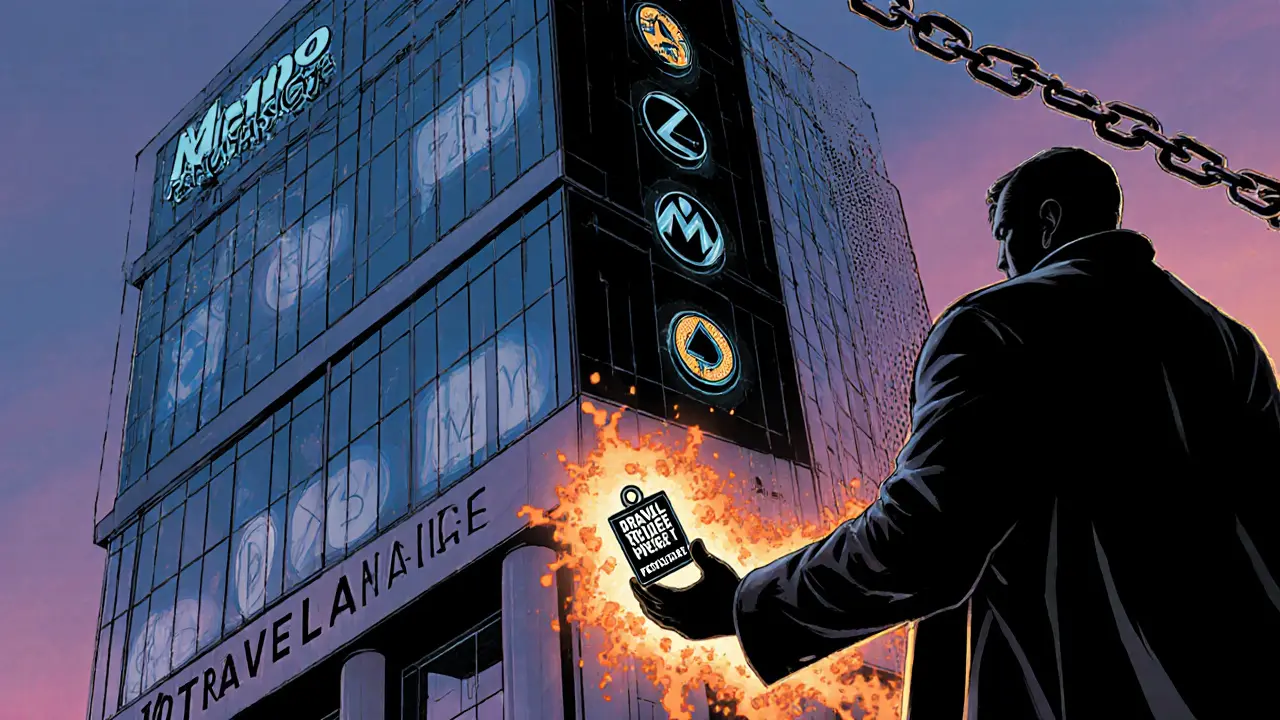Monero Delisting – What It Means and Why It Happens
When you hear about Monero delisting, the removal of Monero (XMR) from a crypto exchange’s trading roster. Also known as XMR delisting, it usually points to legal pressure or security worries.
Every cryptocurrency exchange, a digital marketplace where users buy and sell digital assets has to juggle user demand with local laws. Regulatory compliance, the process of meeting anti‑money‑laundering (AML) and know‑your‑customer (KYC) rules often forces an exchange to pull privacy‑focused coins. Because Monero hides transaction details, regulators see it as a risk for illicit activity, and that risk triggers the delisting decision. In short, Regulatory compliance influences Monero delisting across many platforms.
Privacy coins like Monero are built to protect user anonymity, which is great for privacy but problematic for auditors. Privacy coin, a digital currency that obscures sender, receiver, and amount status makes it harder for exchanges to prove they’re not facilitating illegal trades. When an exchange can’t satisfy a regulator’s demand for transaction transparency, the safest move is to drop the coin. This creates a clear semantic link: Privacy coin faces listing challenges. The result is a ripple through the market that traders feel instantly.
Market liquidity, the ease of buying or selling an asset without affecting its price takes a hit the moment a popular coin disappears from a major venue. Liquidity shortages cause price spikes, wider spreads, and more slippage for anyone still holding XMR. That effect shows up in price charts and in the sentiment of community forums. In practice, Monero delisting leads to reduced market liquidity, which can push the coin’s price down on the remaining exchanges.
What to Watch When Monero Gets Pulled
To stay ahead, keep an eye on three signals: 1) announcements from the exchange’s compliance team, 2) shifting regulatory headlines around privacy assets, and 3) sudden changes in order book depth for XMR on other platforms. Our collection below includes deep dives into exchange security (like the Thodex and Catalyx reviews), lessons from past listing failures, and guides on how to protect yourself when a coin disappears. By understanding the push‑pull between regulators, exchange policies, and market dynamics, you’ll be better equipped to navigate any future delisting event.
The articles you’ll find next break down real‑world cases, explain the tech behind privacy coins, and offer actionable steps for traders facing exchange removals. Dive in to see how each piece fits into the bigger picture of Monero delisting and what it means for your portfolio.
Explore why privacy coins face a massive delisting wave in 2025, the regulations driving it, market impact, and how users can adapt with DEXs and P2P platforms.

